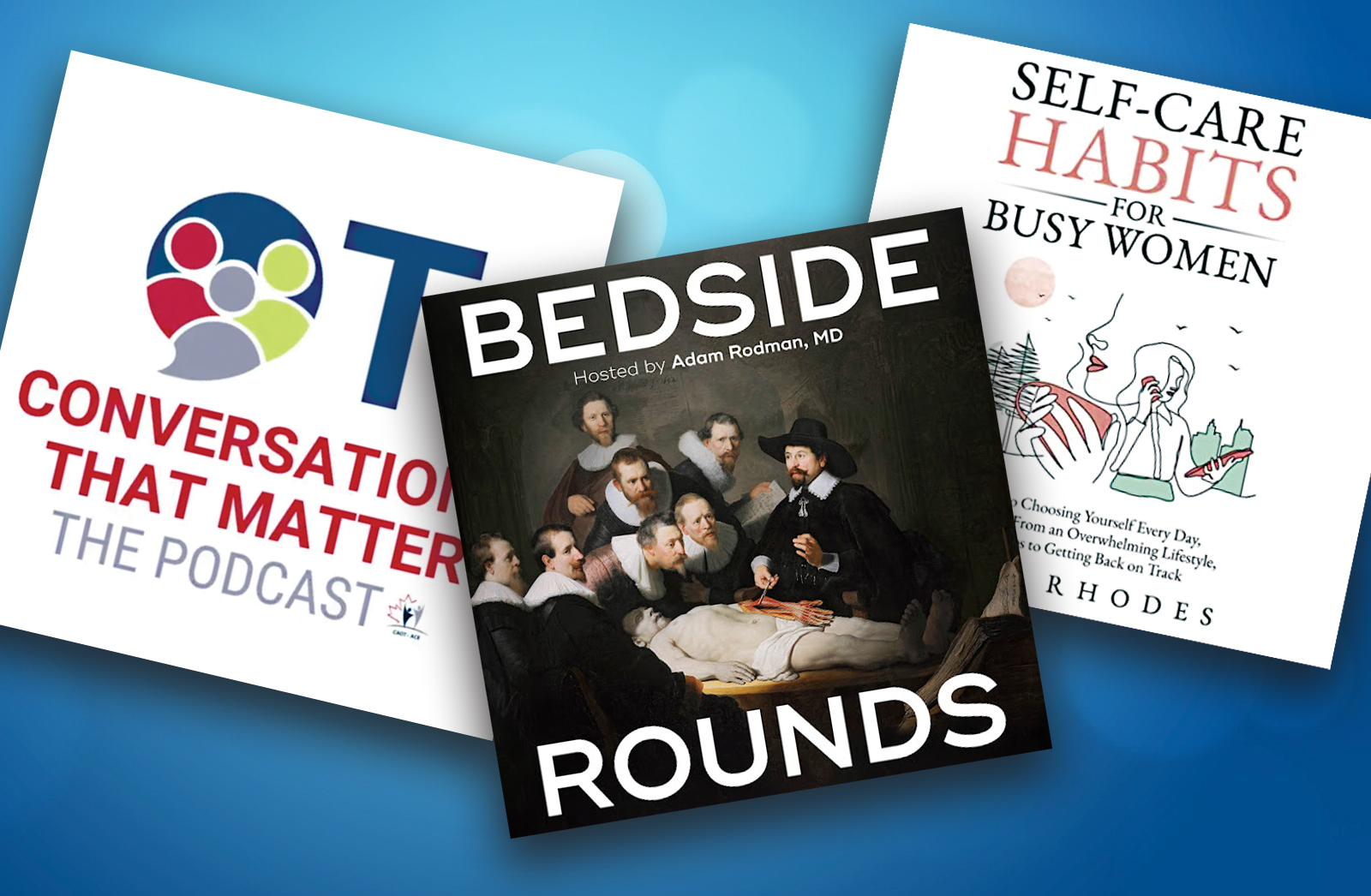A selection from Rehab’s editors
Creating digital twins of hearts to treat cardiac disease
Airplane engines have a copy, or digital twin, residing on a land computer to measure and track performance and check for signs of wear and tear. Now, University of Sheffield’s researchers are looking to transform both diagnosis and treatment of cardiovascular disease by building virtual digital twins of a person’s heart to simulate how a human heart is working, the way the blood is flowing, etc. The ambitious project brings together a consortium of experts in cardiovascular medicine, science, engineering and artificial intelligence computer science.
Source: economist.com
The biggest, most detailed brain cell map
Connectomes are three-dimensional maps of all the neurons in entire brains, and how those neurons link together. Now, scientists have been able to create a map of about a quarter of a fruit fly’s cerebral capacity. The map, of what its cartogra- phers refer to as the fly’s hemibrain—a set of around 25,000 neurons in the centre of the organ—has been more than a decade in the making. The hemibrain connectome is the first phase of Janelia Research Campus’s Flyem project to map the fruit fly’s entire brain, which contains around 100,000 neurons. That is a drop in the ocean compared with the 85bn in a human brain, or even the 70m in a mouse brain. The Flyem data released in January is available to all neuroscientists. With the hemibrain complete, Flyem’s researchers expect to finish the rest of the fruit fly con- nectome within the next two years.
Source: Janelia Research Campus
Multicomponent interventions are effective in helping alleviate burdens of family caregivers
People living with dementia often require assistance to complete daily tasks, especially as the disease progresses. This assistance often comes from family members who live with the older adults and who must perform a primary caregiving role. The aim of this systematic review was to examine the effectiveness of multicomponent interventions seeking to alleviate the burden experienced by family caregivers co-residing with older adults. This review demonstrated that multicomponent interventions are likely to be beneficial to caregivers who experience burden, depression, and disruptions to their health and social support and may delay the need for older adults to move to formal assisted-living facilities.
Source: Australian Occupational Therapy Journal
Saliva test for autism hits market
A saliva test called Clarifi ASD, said to be able to quickly diagnose autism in toddlers, has hit the market after seven years of research. The test, designed by researchers from UpState and Penn State, is one of the first to diagnose autism by identifying certain short strands of ribonucleic acid in saliva. Saliva tests to diagnose concussions and Parkinson’s disease are also underway.
Source: SUNY Upstate Medical University
Workplace exposures to blame for 10,000 cancers annually
According to the Burden of Occupational Cancer in Canada report, exposure to cancer-causing agents in the workplace is estimated to cause approximately 10,000 cancers in Canada each year. The report identifies the following 13 occupational carcinogens that contribute the most to the cancer burden in Canada: arsenic, asbestos, benzene, chromium (VI) compounds, diesel engine exhaust, second-hand smoke, nickel compounds, polycyclic aromatic hydrocarbons (PAHs), radon, night shift work, silica (crystalline), solar ultraviolet radiation, and welding fumes. “Workplaces are important settings to target for cancer prevention efforts because workplace exposures tend to be higher than in the general environment and because Canadians spend a significant portion of their days at work,” the researchers said in the report.
Source: Occupational Cancer Research Centre
In people with COPD, pulmonary rehabilitation reduces anxiety and depression symptoms
Researchers from the McMaster Institute for Research on Aging did a systematic review of studies and found 11 randomized controlled trials that included 734 people. Most people were men and were older than 60 years of age. Compared with usual care, pulmonary rehabilitation, researchers found both reduced depression symptoms by a large amount; and reduced anxiety symptoms by a moderate amount for between four and 16 weeks.
Source: McMaster University














